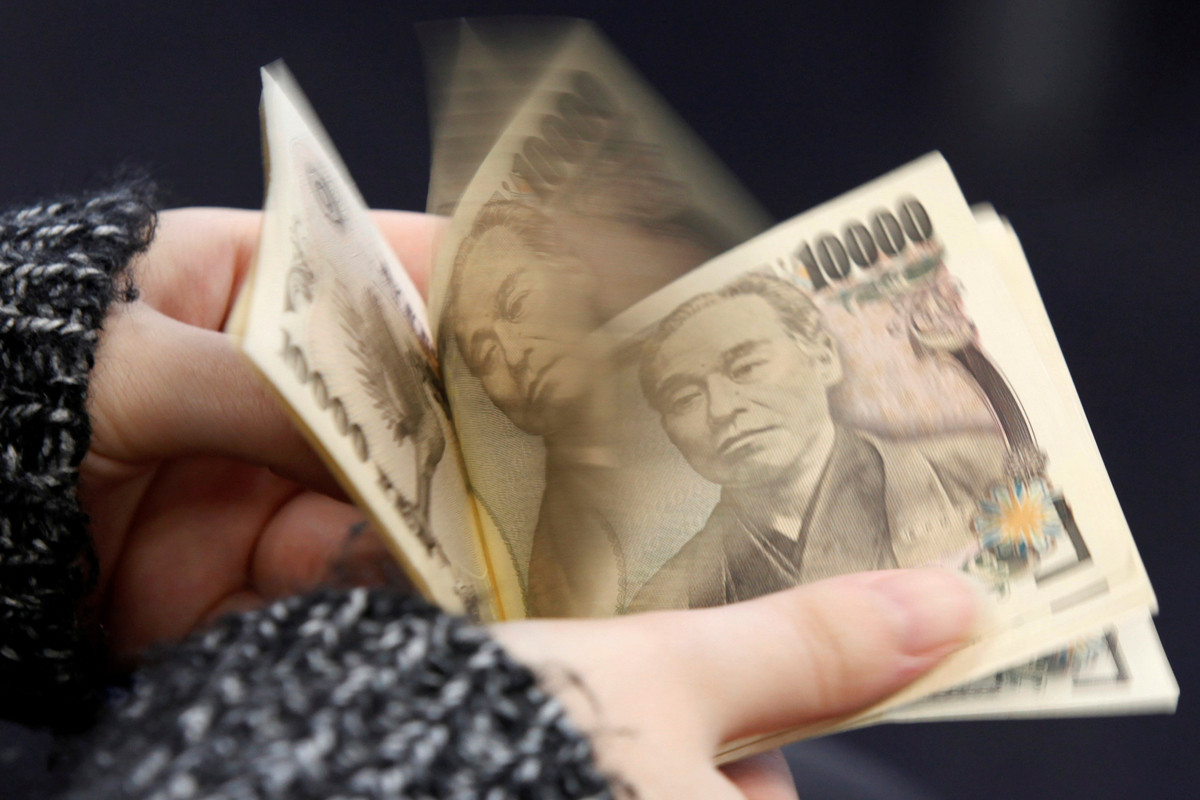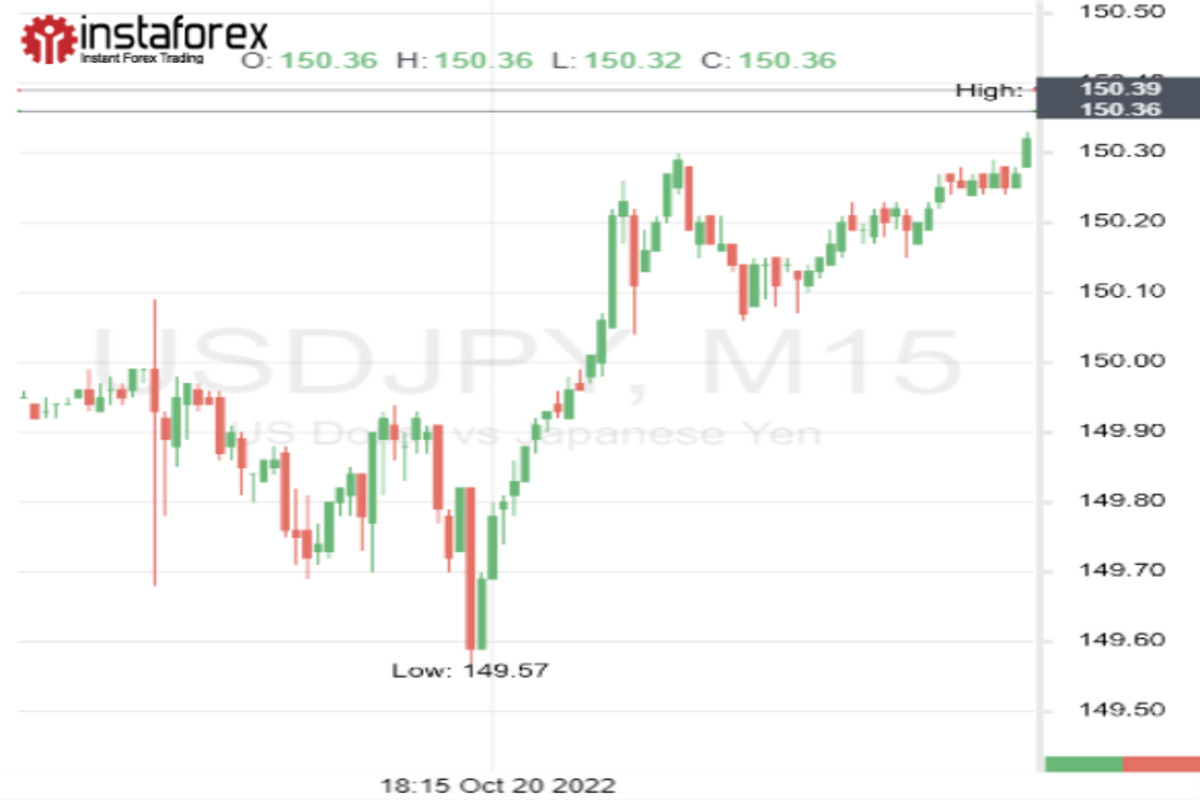
The US currency continues to inflict deep wounds on the Japanese yen. Yesterday, the USD/JPY pair broke the key level of 150 for the first time in 32 years and, it seems, is not going to stop there.
The most resonant event in the foreign exchange market yesterday was another loud fall of the yen. The yen dropped below the psychologically important threshold of 150 against the dollar.
Many traders viewed this mark as a red line and expected that its capture would lead to repeated intervention by the Japanese authorities.
Recall that in September, when the yen fell against the dollar below the 145 level, Japan intervened in the market for the first time since 1998.
However, the measures taken were not enough to break the upward trend in the USD/JPY pair. Now this dollar major is stronger than ever, because it has bilateral fundamental support.
The main driver of greenback growth is a significant divergence in the monetary policy of the United States and Japan.
This year, record high inflation, which hit America, forced the Federal Reserve to take a hawkish position. Since March, the central bank has already raised interest rates five times.
Despite the active tightening, the growth of consumer prices in the country is still not slowing down. Inflation data for September turned out to be worse than forecasts, which significantly increased market expectations about the continuation of rate hikes in the United States.
Now most traders are inclined to believe that in November the Fed will again raise the indicator by 75 bps. The probability of such a scenario is estimated at 98%.
Investors are now showing high confidence in the future course of the Bank of Japan. There is no doubt that the central bank will continue to adhere to an ultra-soft policy.
Over the past few days, BOJ Governor Haruhiko Kuroda has repeatedly stressed the need to maintain the current monetary rate in order to help the fragile economy recover from the COVID-19 pandemic.
The unwavering dovish position of the Japanese central bank and the hawkish plans of its American counterpart indicate a further increase in monetary divergence.
This is such a convincing argument for dollar bulls that they are unlikely to stop before their next global target – the level of 160.
Of course, the fear of repeated intervention is still present. Now, when the USD/JPY pair has gained a foothold above the 150 mark and is boldly rushing to new peaks, the Japanese authorities are significantly increasing threats against traders who are playing down the yen.

This morning, Japanese Finance Minister Shunichi Suzuki promised that the government would strictly deal with speculators if the rapid decline of the JPY continues.
But, given the experience of past intervention, the market is well aware that in the current fundamental conditions, any intervention will be another firing of blank cartridges.
In September, Japan spent almost $20 billion from its foreign exchange reserves to buy the yen to help it recover. However, since then, the JPY has weakened again (by more than 4 yen per dollar) and continues to accelerate its decline.
Only two scenarios can stop this steep peak now: the Fed will suddenly begin to slow down the pace of its tightening, or the BOJ will abruptly change its shoes. But both scenarios are unlikely.
American officials are actively lobbying for the continuation of an aggressive anti-inflation campaign. And Japanese politicians are ignoring the steady growth of consumer prices in the country and are not going to solve the problem by raising rates yet.
The latest inflation report in Japan, published this morning, showed that in September consumer prices rose by 3% year-on-year.
Thus, inflation remained above the BOJ target, which is at 2%, for the sixth consecutive month.
For any other major central bank, this would already be an impetus to change its monetary policy towards tightening, especially amid a total increase in rates in the world.
But we are dealing with an inveterate dove, so even after the release of such alarming statistics, there was no speculation about the possible normalization of BOJ policy.
Today, the USD/JPY pair looks more than confident and aims to close in the black for the tenth week in a row. Since Monday, the asset has grown by 1%.
But most impressive of all is its dynamics since the beginning of the year. Since January, the greenback has risen in price against the yen by almost 30%. This is the best result among all dollar majors.
 English
English 
 Русский
Русский Bahasa Indonesia
Bahasa Indonesia Bahasa Malay
Bahasa Malay ไทย
ไทย Español
Español Deutsch
Deutsch Български
Български Français
Français Tiếng Việt
Tiếng Việt 中文
中文 বাংলা
বাংলা हिन्दी
हिन्दी Čeština
Čeština Українська
Українська Română
Română

